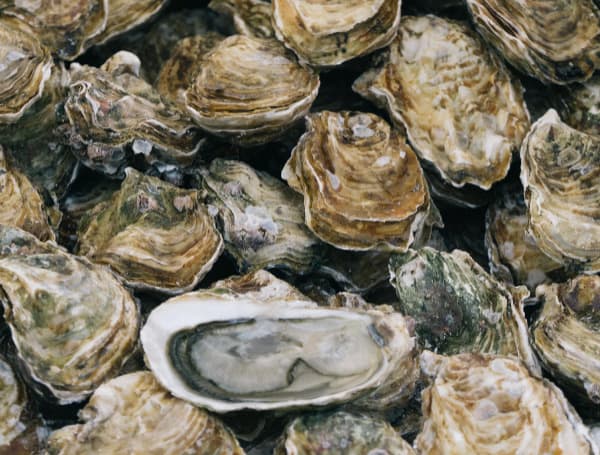With a new state law addressing the clean-up of two chemical compounds that have been widely used by industries, a Florida International University study says the substances have been found in oysters in Biscayne Bay, the Marco Island area, and Tampa Bay.
The issue involves compounds known as perfluoroalkyl and polyfluoroalkyl substances, which have been used in a wide range of consumer products and such things as firefighting foams.
The chemicals do not break down in the environment and can accumulate in fish and wildlife, according to a state House analysis. The study by the Florida International University Institute of Environment said the compounds and another contaminant known as phthalate esters were detected in each of 156 oysters sampled from Biscayne Bay, Marco Island and Tampa Bay.
In a news release Wednesday, the university said the contaminants can pose human health risks and that the highest levels were found in oysters from Biscayne Bay.
“I wanted to look into what we’re eating and if it might be contaminating us,” Leila Lemos, the study’s lead author, said in a prepared statement. “These findings are definitely a red flag, especially for areas like Biscayne Bay.”
In the news: Niki Butcher Debuts Hand-Painted Photography Exhibit In Downtown Clearwater
During this year’s legislative session, lawmakers passed a bill (HB 1475) that includes requiring the Florida Department of Environmental Protection to adopt statewide cleanup target levels for perfluoroalkyl and polyfluoroalkyl substances in drinking water, groundwater, and soil if the U.S. Environmental Protection Agency does not finalize standards by Jan. 1, 2025. Gov. Ron DeSantis signed the bill last month.
Visit Tampafp.com for Politics, Tampa Area Local News, Sports, and National Headlines. Support journalism by clicking here to our GiveSendGo or sign up for our free newsletter by clicking here.
Android Users, Click Here To Download The Free Press App And Never Miss A Story. Follow Us On Facebook Here Or Twitter Here.
Copyright 2022 The Free Press, LLC, tampafp.com. All rights reserved. This material may not be published, broadcast, rewritten, or redistributed.


